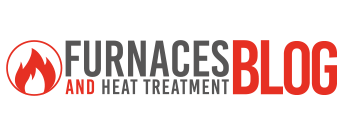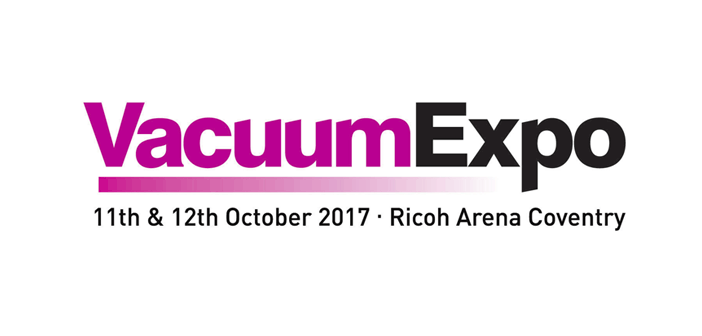Now into our 8th year, the 2017 Event (VS8) will be held on 11th and 12th October 2017 featuring the exibithion and Vacuum Symposium.
Vacuum Symposium brings together leading scientists, invited speakers and users with practical and extensive knowledge who will give presentations, both oral and poster, illustrating techniques and experience in different fields. It is the intention that attendees gain from their knowledge, ideas and experiences and they will have ample opportunity to network with like-minded individuals.
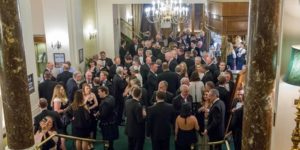
The Vacuum Symposium is an event that brings together meetings from various organisations under the one roof.
Through the sponsorship of our generous partners and supporters Vacuum Symposium is able to offer this event free of charge to attendees (other than training).
Research and knowledge can only be advanced in this day and age through effective industry collaboration. Vacuum Symposium is co-located with the Vacuum Expo, the UK’s exhibition for vacuum, nanotechnology and “technologies-in-a-vacuum” and PHOTONEX the UK’s showcase event for light technologies. Attendees have a value-added opportunity at Ricoh Arena Coventry.
Thursday, October 12th – Surface Analysis
What is on the surface? What is the composition? This meeting addresses aspects of Surface Analysis with a special focus on challenges currently being addressed and recent improvements in technologies.
The meeting will look at methods; XPS, SIMS, AES and other surface analysis equipment and instrumentation. Gas Cluster Ion Sources, are these the ideal source enabling better ways to analyse surfaces? Does this technology open up new applications?
Partnering innovations with high tech industry: This meeting will enable delegates to discuss with leading experts what solutions there are to solve their real-world problem. What developments are needed? Emerging ideas…
Vacuum is a central commodity in the technology for manufacturing a host of products which are now part of everyday living, such as microelectronic and optoelectronic devices, TV screens, photovoltaic panels and pharmaceuticals, as well as in scientific research. Producing and maintaining a vacuum and knowing its properties therefore concerns a large number of people who work in these areas. Although these activities span a wide field there is a relatively small body of basic underlying knowledge that is common to all of them.
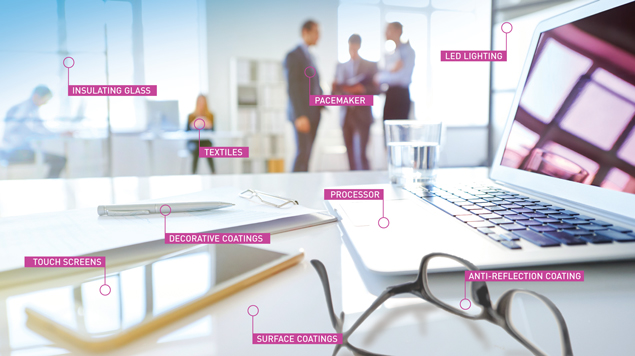
The purpose of these courses is to present this basic knowledge in a straightforward and accessible way. The principles and practice that are involved in creating and measuring a vacuum will be dealt with and illustrated by worked examples from various applications. Ultra-high vacuum, important in many applications, will be discussed only briefly in courses VTC1 and VTC2, however they will serve as a good introduction to the course “Clean Vacuum & UHV” (VTC3) which addresses the matter of UHV in more detail.
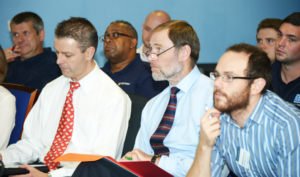 These courses are aimed at newcomers to the field, those who wish to refresh their knowledge, and those who wish to go further into UHV practicalities.
These courses are aimed at newcomers to the field, those who wish to refresh their knowledge, and those who wish to go further into UHV practicalities.
They will be appropriate for new graduate students in physics, chemistry and engineering for whom vacuum techniques will be a working tool. After attending any of these courses participants should be able to analyse the behaviour of their own vacuum systems with increased understanding, and have the basis for evaluating the effectiveness of proposed designs.
There are three specialist application courses: VTC4 on “Leak Detection”, VTC5 on “The Design and Fabrication of UHV Chambers” and VTC6 on “Introduction to Residual Gas Analysis (RGA)”.

